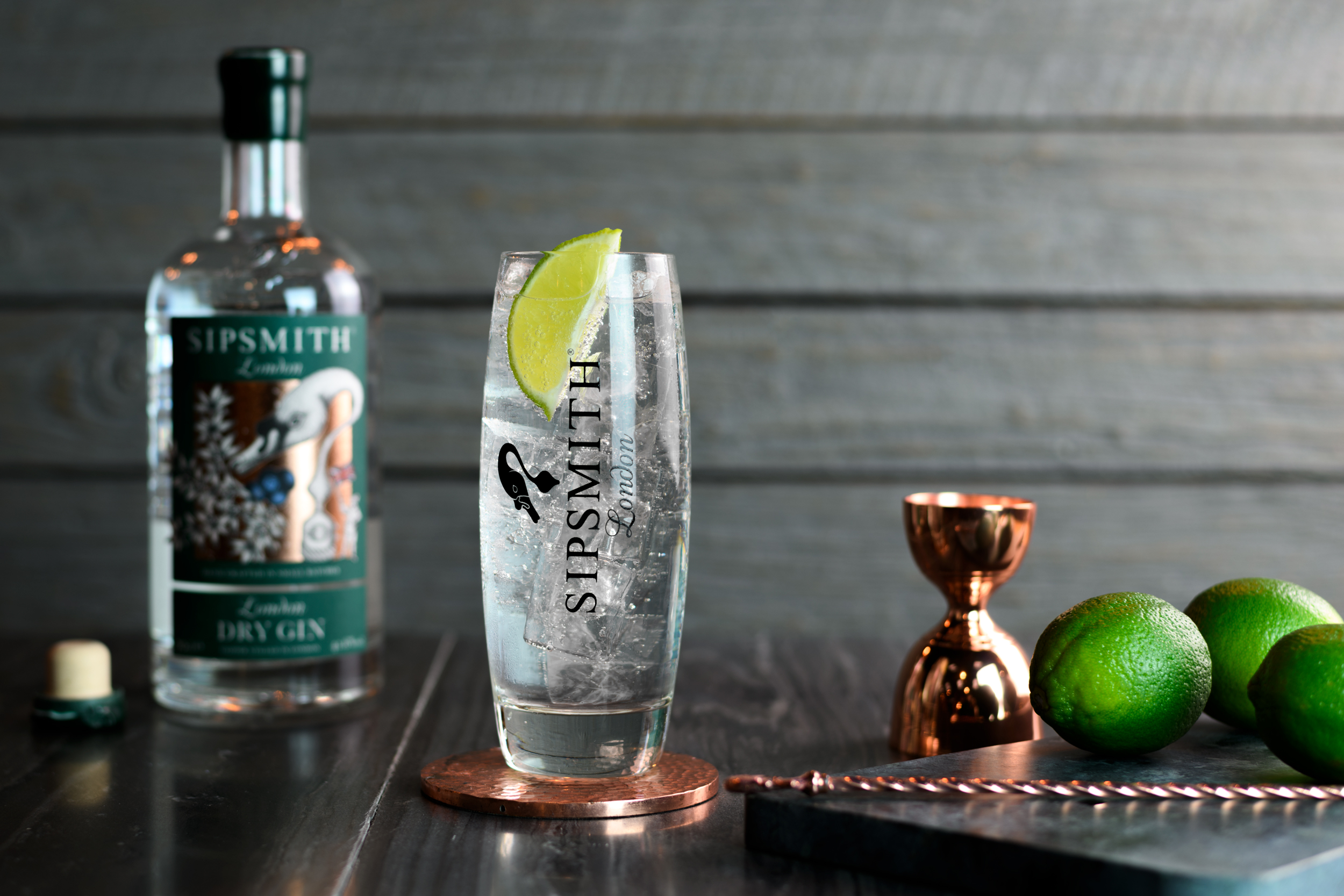Learn more about gin history; from its inception in 1689 by King William of Orange, to Sipsmith’s role in pioneering the craft gin boom in the 21st Century.
1689
William of Orange
King William of Orange drops taxes on spirit production for the health of the nation’s finances.
His first action as King was to drop taxation and licencing on distillation, whilst raising taxes on imported foreign spirits. This boosted British distilling and helped raise much needed capital to help fund the frequent and bloody wars he was so fond of fighting.

1731
Gin meets gingerbread
Frost Fairs on the frozen River Thames give Londoners a new reason to get sipping.
Whenever the weather turned, crowds would gather to explore the stalls and tents selling hot gin and gingerbread that popped up along the frozen River Thames, as enterprising Londoners looked to make a quick shilling out of what became known as the London Frost Fairs.

1736
The fifty pound act
The industry goes underground.
As consumption continues to rise, the government attempts to curb Londoner’s unrelenting enthusiasm for gin by introducing a distiller’s licence costing £50, a huge sum. This pushed the industry underground with only two official licences granted in seven years. Informers on illegal Gin-Shops were paid £5, creating a lucrative industry of its own.

1751
Gin lane and beer street
Brewers attempt to smear the distillers.
Hogarth’s famous etching of Gin Lane was one of a pair funded by the brewing industry to illustrate that beer consumption was far healthier for society (not to mention individuals) than drinking gin. Largely successful, the Gin Act 1751 was passed later that year and the Gin Craze finally began to wane.

1850
The birth
of the gin and tonic
Saviour of the British Empire.
As the British Crown took over the governance of India, British immigrants began to struggle with the ravages of malaria. A local cure came from the bark of the chinchona or ‘fever’ tree, which contained the notoriously bitter quinine. To make it more palatable, sugar, lime, ice and gin were added – and the G&T was born.

1860
Gunpowder, gin & proof
The British Navy introduces a weekly gin ration.
Officers of the British Navy were paid a portion of their wage in gin (lucky devils). Alcohol on board Naval ships was decreed to be a minimum of 57.7% ABV to ensure gunpowder stocks stayed flammable if contaminated by any leaky gin barrels. Never ones to be short changed, sailors would light a small amount of gin-soaked gunpowder, therefore obtaining ‘proof’ their ration had not been watered down by a scrimping Navy.

1888
The martini: elixir of quietude
Sophisticated sipping for pleasure.
Several people have laid claim to the invention of this classic gin cocktail, described as ‘the Elixir of Quietude’ by author E.B. White. This simple gin drink was among the first created and consumed purely for pleasure and the anesthetic effect that clearly demarked the end of the workday and the beginning of the evening’s revelries.

1920
Prohibition era
Thirsty Americans and out-of-work bartenders descend on London at the start of Prohibition.
Although the party was already in full swing thanks to London’s Bright Young Things, these new arrivals ensured no Jazz Age London party was short of attendees.

1953
The name’s Bond…
Ian Fleming introduces one of his own creations, the Vesper Cocktail.
He and his friend Ivor Bryce created this variation on the martini cocktail in Jamaica. But it is purely British and finds its spiritual home in London’s hotel bars. Fleming’s books and this cocktail defined sophistication for generations to come.

1990
CocKtail renaissance
The cocktail becomes cool again.
Dick Bradsell begins training a generation of young bartenders after reading David Embury’s The Fine Art of Mixing Drinks and becoming inspired to master the art of mixing himself. This revived the nightclub cocktail, transforming it from spirit drowned in tonic or fruit juice to elegant and simple creations.

2009
14th March 2009 – Sipsmith is open for business
The first copper pot still in London for nearly 200 years.
Sipsmith – the first new copper distillery to open it’s doors in London since 1820, bringing a great tradition of small batch gin production back to the capital.

2014
Sipsmith moves to cranbrook road
A new home for the copper ladies.
Having outgrown the workshop in Nasmyth Street, Sipsmith moves to Cranbrook Road, Chiswick with Prudence, Verity and a new still, Constance. The copper ladies are later joined by their baby sister Cygnet.

2019
HAPPY 10TH BIRTHDAY, PRUDENCE!
A decade of Sipsmith
In 2019 we celebrated our 10th birthday in true Sipsmith fashion. Whilst it marked a year of exciting ginnovation (and the launch of our book, SIP), we also raised glasses to our vow never to change the Sipsmith London Dry Gin recipe, no matter how large the size of our demand. Instead, we’ve introduced more stills, more distillers, and more sipping occasions to serve a generation of gin-lovers.



